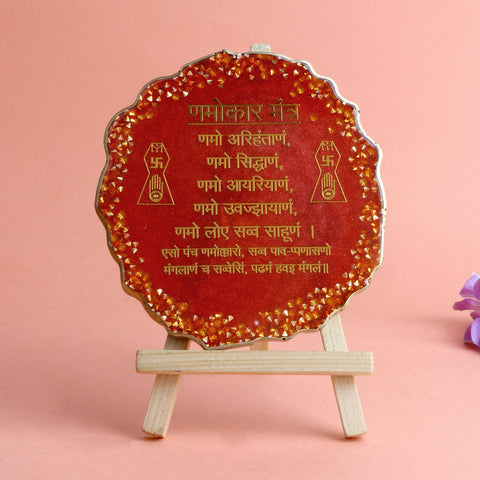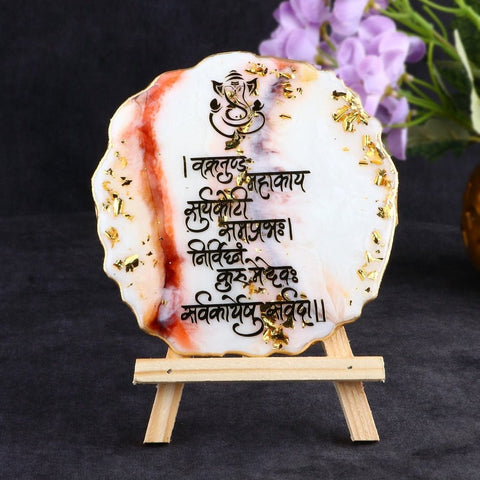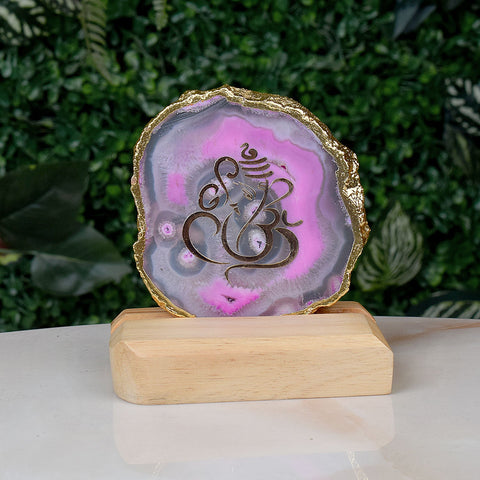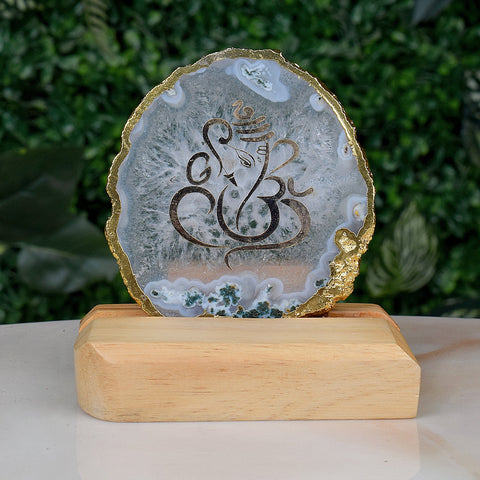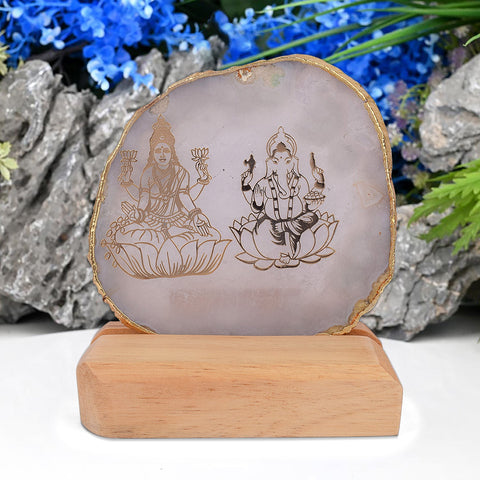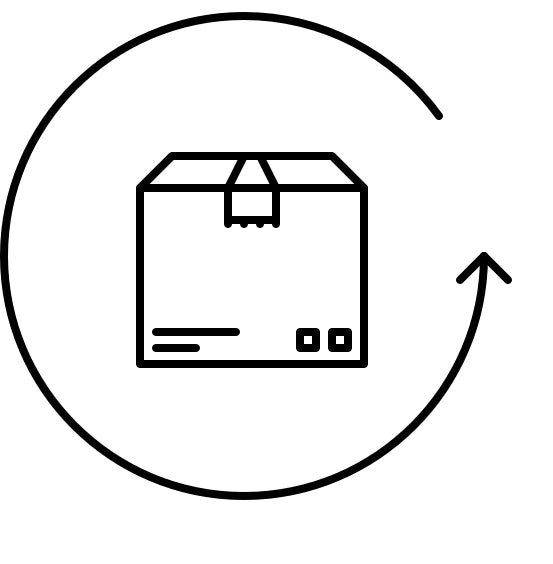Understanding the Dissolution Process: How Long Does It Take for Eco-Friendly Ganesha to Dissolve?
Introduction: As we celebrate the auspicious festival of Ganesh Chaturthi, it's essential to consider the environmental impact of our traditions, including the immersion of Ganesha idols. At SatvikWorld.com, we are committed to promoting eco-friendly practices, and one common question we receive is, "How long does it take for eco-friendly Ganesha to dissolve?" In this blog post, we'll explore the dissolution process of eco-friendly Ganesha idols and provide insights to help you plan your festivities responsibly.
Understanding Eco-Friendly Ganesha: Eco-friendly Ganesha idols are crafted from biodegradable materials such as clay, paper mache, natural fibers, or plant-based resins. Unlike traditional idols made from plaster of Paris (PoP), which can take years to dissolve and may release harmful chemicals into the environment, eco-friendly options are designed to decompose quickly and safely.
Factors Affecting Dissolution Time: Several factors influence the dissolution time of eco-friendly Ganesha idols:
- Material Composition: The type of material used in the creation of the Ganesha idol plays a significant role in determining its dissolution time. For example, clay idols typically dissolve faster than those made from paper mache or natural fibers due to their porous nature.
- Size and Thickness: The size and thickness of the idol also affect how long it takes to dissolve. Larger and thicker idols may take longer to break down compared to smaller, thinner ones.
- Water Temperature and Flow: The temperature and flow of the water body in which the idol is immersed can impact the dissolution process. Warmer water and stronger currents may accelerate the breakdown of the idol, whereas colder water and stagnant conditions may prolong the dissolution time.
Estimated Dissolution Timeframes: While the exact dissolution time for eco-friendly Ganesha idols can vary depending on the factors mentioned above, here are some general estimates:
- Clay idols: Typically dissolve within a few hours to a few days, especially when immersed in flowing water.
- Paper mache idols: May take slightly longer to dissolve due to their denser composition, usually within a few days to a week.
- Natural fiber or plant-based resin idols: Dissolve over a similar timeframe as paper mache idols, depending on their specific composition and environmental conditions.
Responsible Immersion Practices: To ensure a smooth and eco-friendly dissolution process, consider the following tips:
- Choose a natural water body for immersion, such as a river, lake, or ocean, to facilitate the idol's decomposition and minimize environmental impact.
- Avoid using synthetic decorations or materials that may hinder the dissolution process or pollute the water.
- Participate in community-led initiatives for eco-friendly immersion ceremonies, where idols are collected and processed in an environmentally responsible manner.
Conclusion: As we celebrate Ganesh Chaturthi, let's prioritize environmental stewardship and make conscious choices that honor tradition while protecting the planet. Eco-friendly Ganesha idols offer a sustainable alternative to traditional options, embodying our values of sustainability and reverence for nature. At SatvikWorld.com, we invite you to explore our collection of eco-friendly Ganesha idols and join us in fostering a greener, more conscious approach to festive celebrations. Let's welcome Lord Ganesha into our homes with love, gratitude, and respect for the environment, ensuring a brighter future for generations to come.
PUJA ITEMS ONLINE IN USA | PUJA ITEMS ONLINE IN UK | PUJA ITEMS ONLINE IN NEW ZEALAND | PUJA ITEMS ONLINE IN DUBAI | PUJA ITEMS ONLINE IN EUROPE
PUJA ITEMS ONLINE IN UNITED STATES | PUJA ITEMS ONLINE IN AUSTRALIA | PUJA ITEMS ONLINE IN UAE | PUJA ITEMS ONLINE IN SINGAPORE | PUJA ITEMS ONLINE IN LONDON | PUJA ITEMS ONLINE IN CANADA | PUJA ITEMS ONLINE IN MAURITIUS | PUJA ITEMS ONLINE IN EUROPE | PUJA ITEMS ONLINE IN MALAYSIA | PUJA ITEMS ONLINE IN GERMANY




